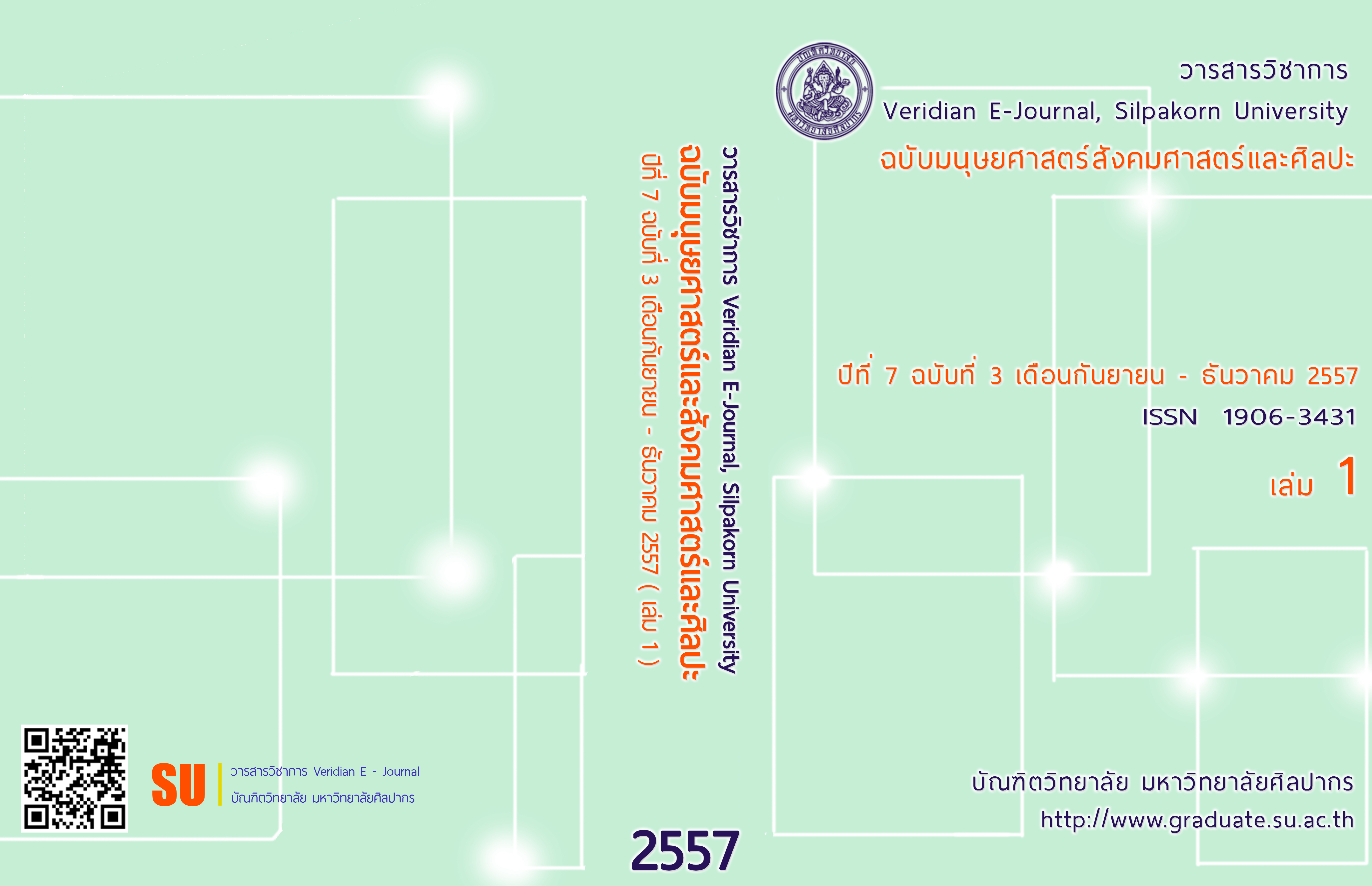SWOT Analysis of Agricultural Extension System in Thailand: A Case Study of the Central Region
Main Article Content
Abstract
This research aims to analyze the environment and potential (SWOT analysis) of the agricultural extension system, operated by the Department of Agricultural Extension in the central region. Using simple random sampling technique for 48 extension officers in 3 provinces of central region. Applying questionnaire technique to identify strengths and weaknesses. Using purposive sampling for in-depth interview 10 extension officers at executive and operational levels and focus group. Applying SWOT analysis. The results showed that SWOT analysis of the agricultural extension system today. There were strengths and weaknesses in point of view of staffs divided into 5 categories: 1) organization structure, 2) staffs, 3) policy, 4) resources, and 5) others. Moreover, threats and opportunities can be summarized in four aspects: 1) political, 2) advanced technology, 3) agricultural competitiveness, and 4) climate change. Therefore, strategies to develop agricultural extension system by using TOWS matrix were six strategies: 1) applying participatory extension for agricultural development, 2) using technology extension to provide information, 3) creating policies through participation, 4) using technology and database systems to reduce manpower in data collection, using volunteers or local organization which provides the basic information, 5) adjusting and reducing working process to be modern and fast, and 6) identifying work indicators and relating with farmers.

